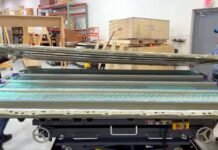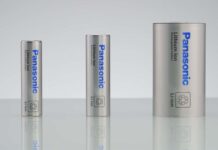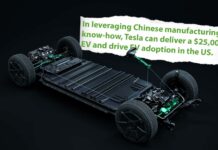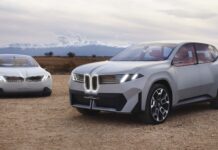[ad_1]

The global passenger xEV (BEVs, PHEVs, HEVs) market is quickly expanding this year, far exceeding the 2020 levels.
According to Adamas Intelligence, in the first half of 2021 the total global battery capacity deployment onto roads in all newly sold passenger xEVs combined amounted to 108 GWh (up 157% year-over-year).
The battery deployment is much quicker than the increase of new xEV registrations (4.16 million – up 109% year-over-year, form 1.99 million in H1 2020), which means that the average battery capacity per vehicle increased by about 23%.
More than 90% of all battery cells for xEVs come from just seven manufacturers: CATL, LG Energy Solution, Panasonic, Samsung SDI, BYD, SK Innovation and CALB. The current market leader – CATL – has expanded by 253% year-over-year, but LG Energy Solution is not far away.
An interesting thing is that according to Adamas Intelligence, Tesla has deployed more GWh of batteries in new xEVs than the next six closest competitors combined. It’s a result of the high volume of all-electric cars combined with relatively large battery packs.
One of the hottest battery cell chemistries is now the affordable and cobalt-free LFP (lithium iron phosphate), which noted a huge 1,500% increase of deployment year-over-year. Only time will tell whether the high energy-dense chemistries (NCA, NCM) will rebound or will lose their market share.
In terms of battery materials, H1 2021 deployment is as follows:
- lithium carbonate equivalent (“LCE”) – 65,700 tonnes (up 155% year-over-year)
51% as carbonate, 49% as hydroxide - nickel – 58,900 tonnes (up 115% year-over-year)
- cobalt – 12,600 tonnes (up 115% year-over-year)
Overall, the battery market is growing like never before and with already announced investments, in just a few years, it should reach a level of over 1,000 GWh annually.
[ad_2]
Source link











